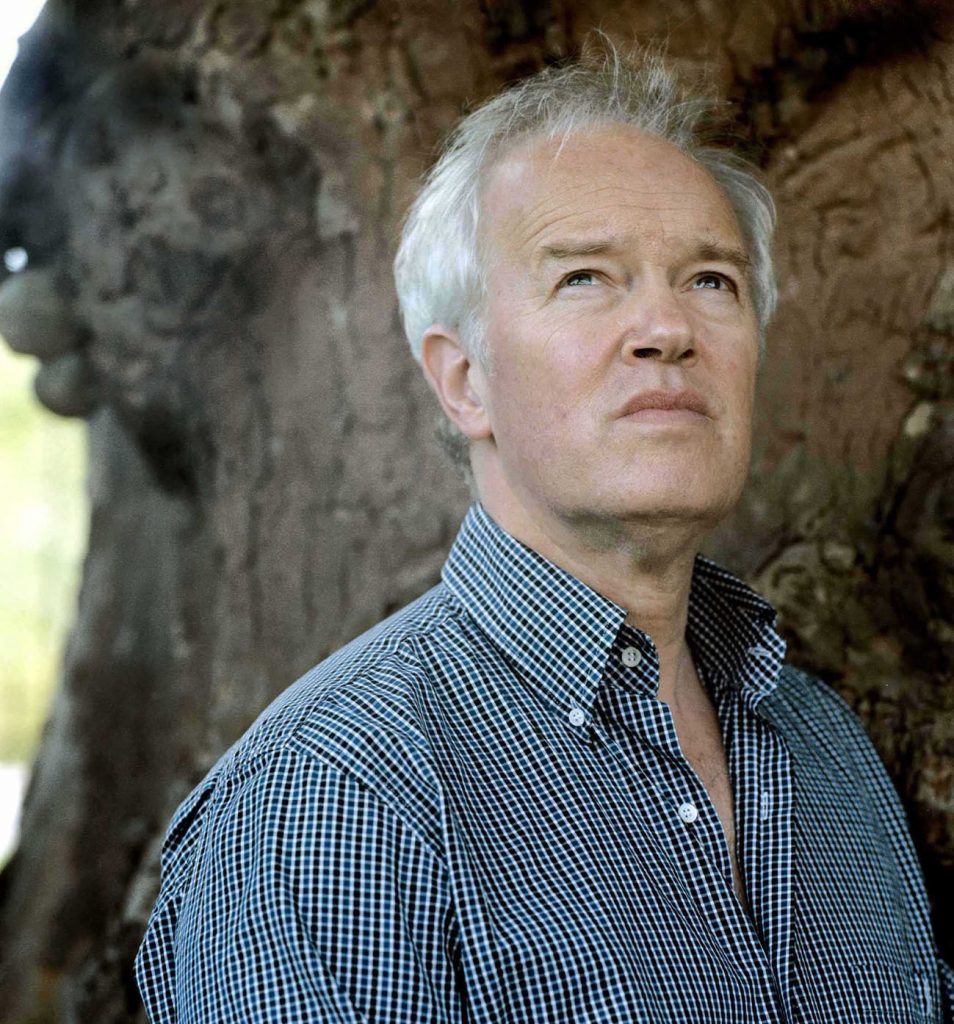De Waart and San Diego Symphony Offer Winning Program of Mahler and Barber
I should confess that looking ahead at upcoming San Diego Symphony programs rarely excites me. Yes, I do occasionally misjudge a program, and when I actually experience what appeared to be a ho-hum program in Copley Symphony Hall, the orchestra’s performance has transformed my skepticism into jubilation.

Edo de Waart [photo courtesy of the artist]
With soprano Joélle Harvey floating Barber’s graceful lines and clearly articulating James Agee’s stream of conscious poetry, de Waart and the orchestra gave an affecting account of this beloved work of rhapsodic Americana. “Knoxville: Summer of 1915,” commissioned by the great American operatic soprano Eleanor Steber, was premiered by Serge Koussevitzky and the Boston Symphony in 1948. It captures the bucolic innocence and security of a child surrounded by his extended family on a warm summer night, yet it is infused with an adult’s agonized awareness of the unavoidable tragic loss life will bring. Agee’s father died when he was 6, and Agee’s own life ended unexpectedly at 46. While Barber was working on this commission, his father was slowly slipping away.
I would say that “Knoxville: Summer of 1915” succeeds because Barber creates a warm, fluid, ingratiating sonic tapestry—ardently sculpted by the San Diego Symphony woodwinds—into which the strings later inject ominous dissonant thematic slashes only when the poet’s speculation turns to the uncertain future. De Waart’s pacing was spot-on, and the orchestra responded to his nuanced direction with alacrity. This solid relationship clearly affirms the orchestra’s recent decision to name de Waart the Principal Guest Conductor Designate.
Gustav Mahler was no stranger to the subject of death. What other composer would have even considered writing a song cycle titled “Songs on the Death of Children,” which he completed in 1904? Yet Mahler’s Fourth Symphony in G Major is arguably his most affirming, optimistic symphonic outing, and this performance proved unusually rewarding, due in great part to the accord between de Waart and the players. The unity and sheen of the San Diego Symphony strings encompassed both the gracious ebullience of the opening movement and the dulcet solemnity of the expansive third movement. Mahler gave many of his main ideas to the flute section, and, led by Principal Flute Rose Lombardo, this cadre of four flutes could not have been more lustrously assertive.
Concertmaster Jeff Thayer’s devilish fiddling in the second movement—the composer requires a more brightly tuned alternate violin for this acerbic part—added just the right amount of insistent edge to the texture, and Thayer was quite eloquent in his pointed conversation with the flutes. Andrea Overturf on English Horn and Principal Horn Benjamin Jaber engaged in more contentious but equally rewarding dueling in this movement. Throughout the Fourth Symphony, Jaber added a plethora of beautifully turned out solos. It would seem that whenever Mahler expounded a worthy theme, he would have the Principal Horn repeat it to underscore it for the listeners, who—in this hour-long symphony—understandably might not have been paying careful attention. In every movement, John Wilds excelled meeting Mahler’s demanding requirements of first trumpet: a bright but focused tone and immaculate attacks.
Buoyant and projecting the final movement’s child-like text with unceasing wonder, soprano Harvey gloriously crowned the Fourth Symphony as it crossed the finish line. Her strengths included a sublime clarity and joyous ring in her highest range, as well as a palpable connection with the Copley Symphony Hall audience.
De Waart opened this program with a sweet and short excerpt from Frederick Delius’ opera A Village Romeo and Juliet orchestrated by Thomas Beecham. Delius’ well-crafted impressionism is admired by a modest following of extremely loyal fans—with whom I do not identify. Just give me the real thing: Claude Debussy.
This concert was presented by the San Diego Symphony in the Jacobs Music Center’s Copley Symphony Hall in downtown San Diego on Friday, March 1, 2019. It will be repeated on March 2, 2019, in the same venue.


